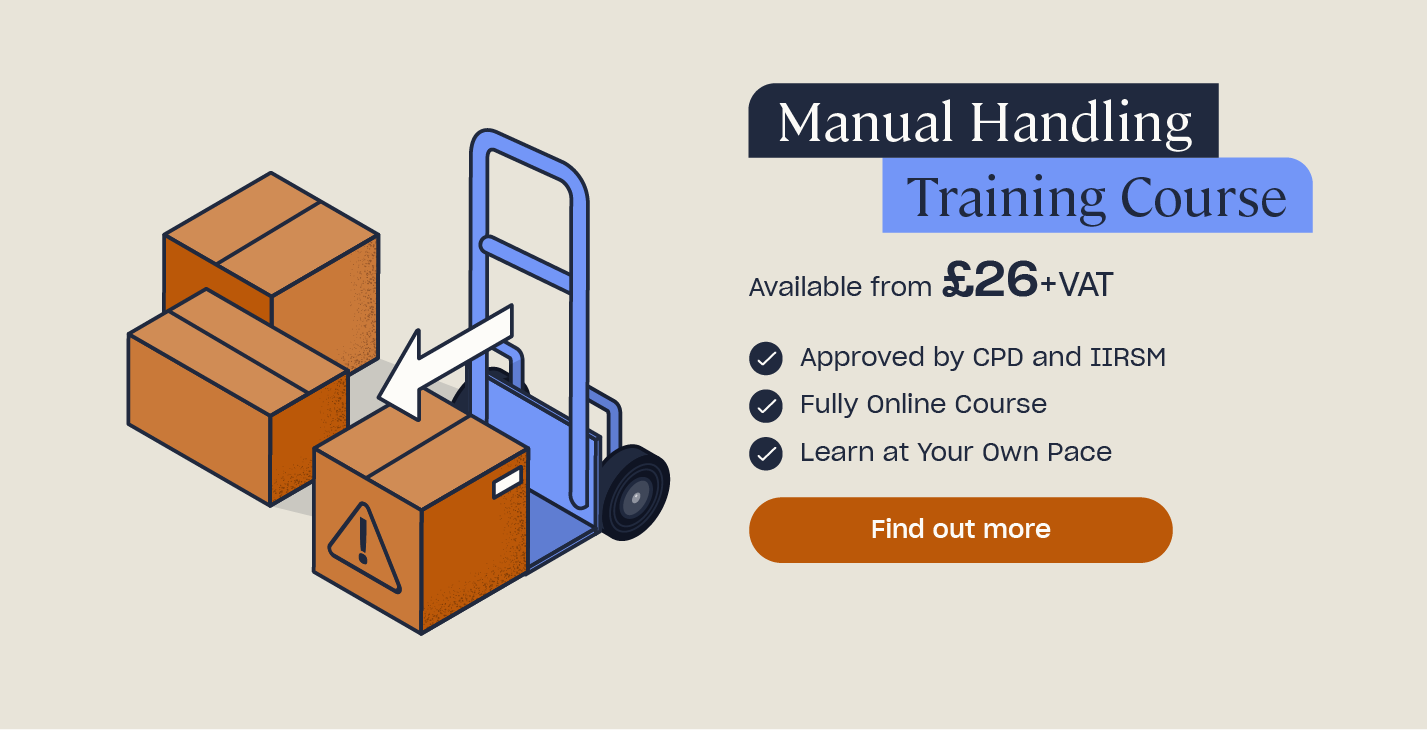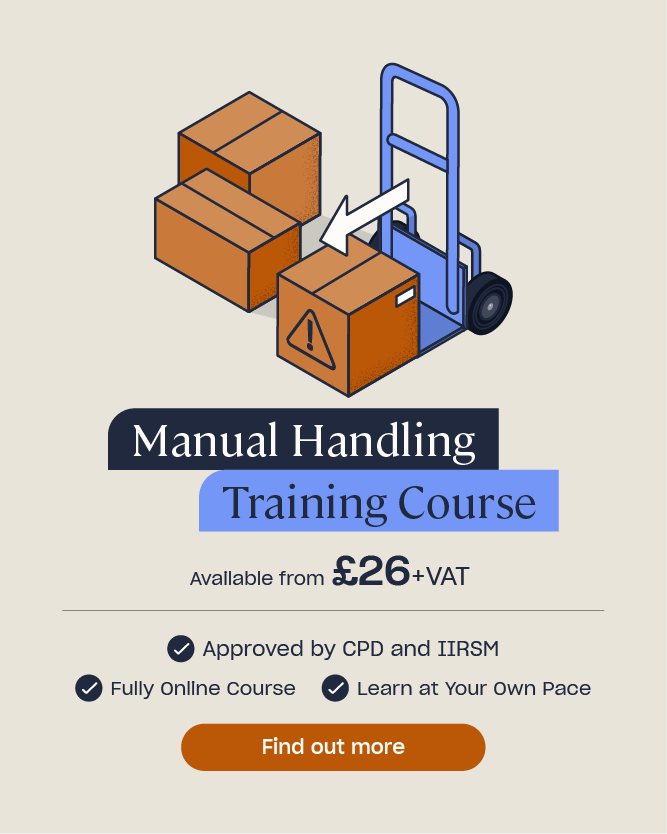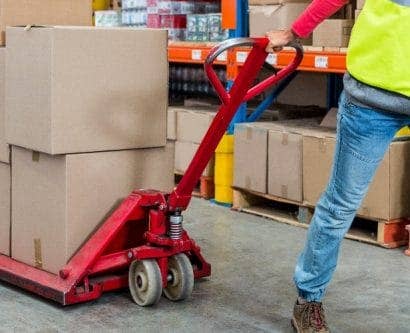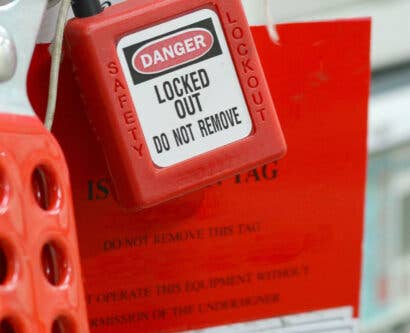Team Manual Handling Tips
In 2022/23, there were an estimated 473,000 workers effected by work-related musculoskeletal disorders, with 132,000 new cases and a loss of 6.6 million working days. Many of these cases were caused by poor handling, lifting and carrying practices. These figures are incredibly high – yet can easily be prevented and managed with the correct training.
The people most at risk from manual handling injuries are those in the construction, healthcare and agriculture industries. Most injuries affect the muscles, joints and tendons, in all parts of the body, and tend to develop over time due to continued poor manual handling practice – so how can this be avoided?
Team manual handling is one way to help reduce the risks, as the load can be reduced and shared out amongst multiple people – but it’s essential that this is carried out with care too!
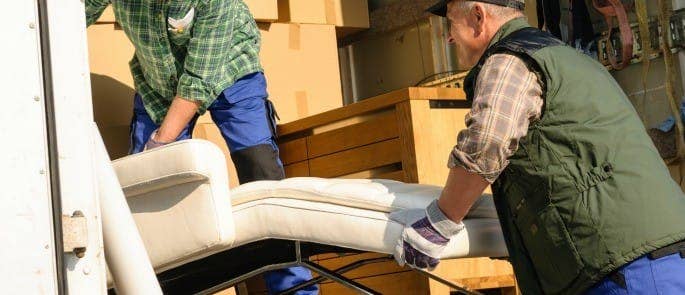
7 Tips for Team Manual Handling
When team handling, consideration must be given to:
1. The load’s weight
How heavy is the load you are transporting? Could it be split into smaller loads to make it easier to move? Consider using smaller containers or putting a maximum weight limit on loads to ensure workers know what to expect. It’s also important to check that the load is evenly balanced so that one team member isn’t supporting more weight than another. If necessary, use a mechanical aid for particularly heavy or awkward loads.
2. The height at which the load is being carried
If a load is being carried by a team, is it positioned so that everyone can get a good grip? Can everyone comfortably hold the load without having to stretch or twist? Pay particular attention to teams in which the members are of different heights or builds, as what is easy for one person may be difficult for another. The load should be carried around waist height.
For more information, check out our guide on Manual Handling Weight Limits.
3. Any twisting/sideways bending
Twisting or bending whilst transporting a load should be avoided as it can easily cause musculoskeletal disorders, aches and strains. Make sure that the workspace is big enough for free movement and that obstacles are removed so that twisting is not necessary. Team members need to communicate to ensure everyone has free movement at all times and should stop if someone raises a concern.
4. Postural constraints
Can everyone grip the load comfortably, without stretching or twisting, and walk freely whilst holding the load? Make sure that movement is unrestricted so that team members don’t get in each other’s way or get stuck behind or in-between objects. Ideally, each team member should be able to see clearly in the direction of travel. If this is not possible then good communication between team members is essential.
Need a Course?
Our Manual Handling Training provides the necessary information and training for organisations to understand more about the risks associated with manual handling, how to undergo a risk assessment and how to ensure appropriate control measures are put in place.
5. Grip on the load
If the load is particularly difficult to grip, consider using handles or gloves to make things easier so that the load doesn’t slip and fall whilst in transit. Alternatively, transport the load using an aid, such as a trolley, if a good grip cannot be achieved. Make sure that everyone in the team has achieved a good grip before setting off with the load.
6. Environmental factors
Check the layout of the area where the load will be carried: is there sufficient space to move freely? Are there any obstacles, such as furniture, wires or other people? Will the load be transported around any corners, up or down stairs or over uneven flooring? All of these environmental factors will affect how easily the team is able to manoeuvre the load and so should be assessed before transportation begins. Make sure everyone within the team is aware of any hazards that may affect them.
7. Communication and co-ordination
Communication is the key to team handling operations to ensure everyone is alert and in-sync throughout the load’s transportation. Always communicate verbally and select one person to be in charge of the operation so that everyone is working towards the same goal. Keep people informed of any hazards, changes in direction or changes to the load.
What to Read Next:
- What are the Consequences of Poor Manual Handling?
- How Online Retail is Changing Manual Handling Practices
- How to Build Relationships in Construction
- Manual Handling Training: What are the Regulations?
- Manual Handling Quiz
- What Does TILE Stand For? The TILE & LITE Acronyms
- Manual Handling Techniques & Tips
- Manual Handling Training


